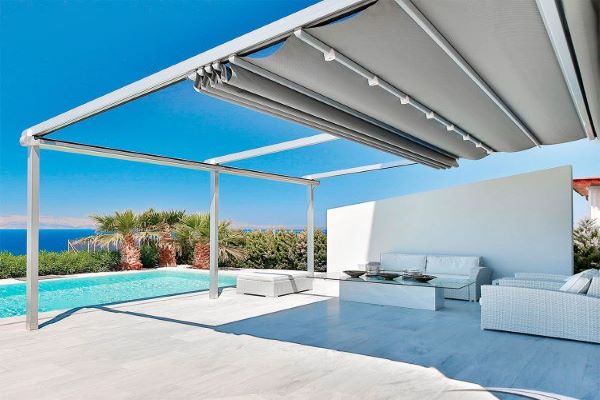The Evolution of Retractable Roofs in Modern Architecture

Image Source: Google
In recent years, retractable roofs have become increasingly popular in modern architecture. These innovative structures provide a flexible solution that allows buildings to adapt to different weather conditions and create dynamic indoor-outdoor spaces. Let's explore the evolution of retractable roofs and how they have transformed how we design and experience architecture.
The Early Days of Retractable Roofs
Before the Modern Era
- Retractable roof have been used for centuries in various forms.
- Historically, retractable roofs were manually operated using pulleys and ropes.
- These early designs were often found in amphitheaters and sports stadiums to provide shelter during inclement weather.
Technological Advancements
- With the advent of technology, retractable roofs have evolved to become more sophisticated and efficient.
- Motorized systems now allow for easy opening and closing of retractable roofs with the push of a button.
- New materials such as lightweight fabrics and durable metals have improved the durability and aesthetics of retractable roof structures.
Modern Applications of Retractable Roofs
Commercial Buildings
- Many commercial buildings now incorporate retractable roofs to create versatile event spaces.
- Restaurants, bars, and event venues use retractable roofs to offer patrons an outdoor dining experience year-round.
- Shopping malls and atriums use retractable roofs to control natural light and ventilation within the space.
Residential Architecture
- Retractable roofs are also gaining popularity in residential architecture.
- Homeowners use retractable roofs to create covered outdoor living areas that can be adjusted based on the weather.
- Outdoor kitchens, patios, and pool areas can benefit from the flexibility of retractable roofs.
The Benefits of Retractable Roofs
Flexibility
- Retractable roofs offer flexibility in design and functionality, allowing spaces to be adapted to specific needs.
- They can be opened to let in natural light and fresh air or closed to provide shelter from the elements.
Sustainability
- Retractable roofs can help reduce energy consumption by maximizing natural light and ventilation.
- They can also be designed to collect rainwater for reuse in irrigation or other purposes.
Aesthetics
- Retractable roofs add a modern and dynamic element to architectural designs.
- Their sleek and versatile appearance can enhance the overall look and feel of a building.
Future Trends in Retractable Roof Design
Integration with Smart Technology
- Future retractable roofs may be equipped with sensors and automated systems that adjust based on weather conditions.
- Smart technology can optimize energy efficiency and user experience by monitoring temperature, humidity, and sunlight levels.
Sustainable Materials
- As sustainability becomes a priority in architecture, retractable roofs may be constructed using eco-friendly materials like recycled plastics and natural fibers.
- Biophilic design principles can be integrated into retractable roof structures to create a harmonious connection with nature.
In conclusion, the evolution of retractable roofs in modern architecture has revolutionized the way we design and experience built environments. From historical uses in ancient amphitheaters to contemporary applications in commercial and residential buildings, retractable roofs continue to push the boundaries of innovation and sustainability. As technology advances and new materials are developed, the future of retractable roof design looks promising, offering endless possibilities for creating dynamic and sustainable architectural spaces.
Leave a Reply